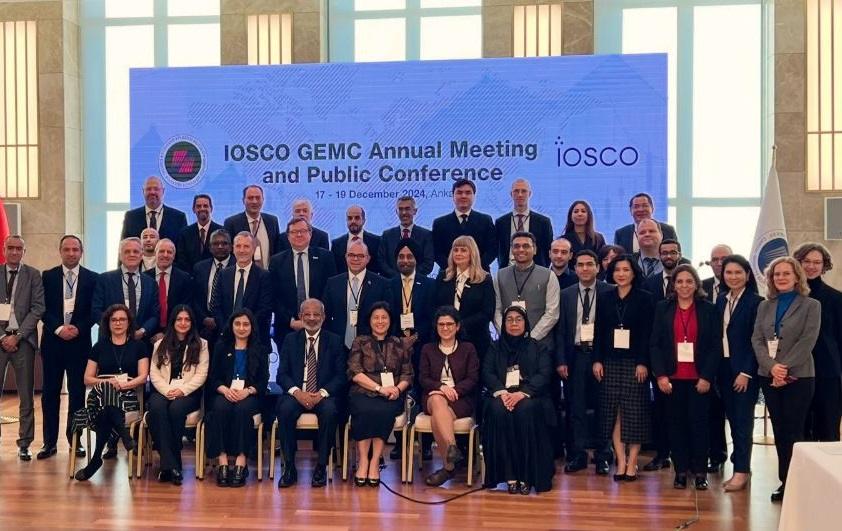Guest Post – Adapting to CSRD: 5 Essential Considerations for European Businesses
By: Peter Walsh, Director, ESG Market Strategy & Partnerships at Benchmark Gensuite
The introduction of the Corporate Sustainability Reporting Directive (CSRD) marks a significant shift in European sustainability reporting. As companies gear up to align with these expanded requirements, understanding the intricacies of CSRD is crucial.
Here are five key considerations:
1. Getting to grips with the scope and compliance
The CSRD is an EU directive that aims to improve the consistency and comparability of sustainability reporting across the European Union. It expands the scope of requirements for large companies and introduces them for listed SMEs (small and medium-sized enterprises), making sustainability reporting more widespread. This expansion brings a new level of detail to reporting, to the same accuracy and rigour as financial-grade data requirements, which can be daunting for companies unfamiliar with these standards.
Additionally, non-compliance with the CSRD can have far-reaching consequences, ranging from legal repercussions based on the national laws of EU member states to significant reputational risks. It’s essential for companies to thoroughly grasp these requirements to avoid potential sanctions and maintain their credibility.
2. Integrating European Sustainability Reporting Standards (ESRS)
The ESRS are developed by the European Financial Reporting Advisory Group (EFRAG) to operationalize the requirements of the CSRD. They provide guidelines and metrics for sustainability reporting, serving as a practical framework for CSRD compliance while enhancing the comparability and reliability of sustainability information across different companies and sectors. To meet the requirements of the ESRS, businesses will need to streamline their reporting processes, ensuring that they meet the directive’s demands in the most efficient way possible. The ESRS represents a significant increase in data quality and scope that many companies will find challenging.
3. Accounting for double materiality
The CSRD integrates the concept of double materiality into its reporting framework. Companies are required to report not only on how sustainability issues affect their business (financial materiality) but also on how their operations impact society and the environment (impact materiality). Successfully navigating this aspect is essential for comprehensive compliance and effective sustainability reporting.
Understanding both aspects of materiality is equally essential for assessing the long-term viability and sustainability of a business. A company might be financially successful in the short term but could be creating significant environmental or social issues that could jeopardize its long-term sustainability and future earning potential.
4. Building sustainable business models
CSRD compliance presents an opportunity for European businesses to embed sustainability more deeply into their operational models. Beyond mere compliance, it’s an avenue for using collected data to drive business improvement and value.
Beyond compliance, CSRD reporting can help companies identify business risk and develop mitigation strategies, develop and promote best practice, measure and optimise resource efficiency, manage and reduce GHG emissions, and develop meaningful dialogue with stakeholders. All these positive business outcomes can be delivered using the same data that is required to be collected for CSRD reporting.
For instance, an example of this is a recent project Benchmark Gensuite undertook, assisting a global media organization in streamlining and structuring its carbon accounting process, enhancing accuracy and leading to a 40% reduction in the scope 3 emissions reported. This case exemplifies how sustainability efforts, mandated or not, can yield significant operational benefits and enhance business efficiency.
5. Preparing for evolving European regulation
The CSRD is not static; it will evolve as European sustainability standards continue to develop, based on feedback from the business community and other stakeholders. Companies must remain adaptable and responsive to these changes.
Reporting solutions providers with a tested SaaS model, strong presence in Europe and deep sustainability and ESG subject matter expertise will be best positioned to anticipate and respond to these regulatory shifts, ensuring their partners are future-proofed.
The journey towards CSRD compliance is complex but crucial for companies committed to sustainability, and to ensuring the efficient operation of their business. By focusing on these key considerations, companies can navigate the challenges effectively, ensuring they not only comply with the directive but also leverage it to enhance their sustainability efforts and business performance.
Ready to get ahead of CSRD? Get in touch today: peter.walsh@benchmarkgensuite.com
About Benchmark Gensuite®
Benchmark Gensuite® enables companies to implement robust, cross-functional digital systems for EHS, Sustainability, and ESG Reporting through a unified digital platform—locally, globally and across diverse operating profiles.
With intuitive, best-practice-based process functionality, flexible configurations, and powerful extensions, the Benchmark Gensuite® platform has helped companies worldwide manage their EHS, Sustainability; Quality; Operational Risk and Compliance; Product Stewardship, and Supply Chain Risks for over two decades; and now organically integrated with cutting-edge ESG disclosure reporting and management solutions.





